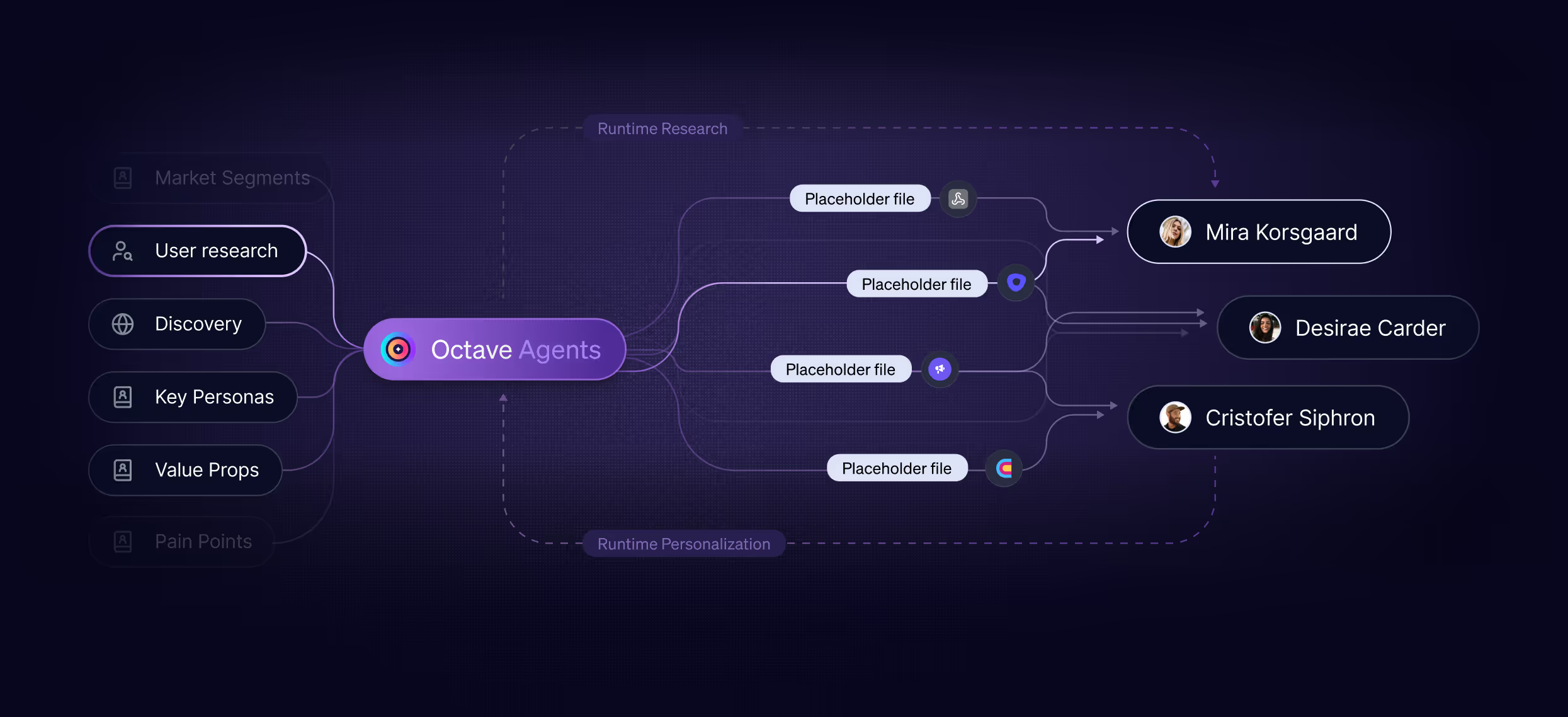Why You Should Fear Stagnation
The post argues that the real danger for go-to-market teams isn’t chaos or outright failure, but stagnation—a slow drift where things look fine on the surface but stop evolving. Drawing on thinkers like Arendt, Nietzsche, and David Foster Wallace, it frames stagnation as comfort and autopilot that erode learning.

Why You Should Fear Stagnation

The Threat of Stagnation
Stagnation rarely announces itself. It doesn't arrive with flashing lights or a pipeline collapse. It creeps in quietly, disguised as steadiness, and that's what makes it dangerous.
In many aspects of life collapse doesn't come all at once. With rare exceptions, things don't usually fall off cliffs, they lose direction slowly and quietly.
Thinkers as different as Hannah Arendt, Friedrich Nietzsche, and David Foster Wallace have circled this idea from different angles. The real threat to a person, a system, or a culture is drift, not destruction. Arendt warned of passive obedience. Nietzsche spoke about people losing their will by surrendering to comfort. Wallace talked about the horror of an autopilot life. Even WALL·E knew that meaning disappears when everything gets too easy.
They all circled around the idea that the most effective way to erode something isn't to attack it outright, but to keep it static and to let it become numb.
Get ready for a hell of a segue…
That same dynamic plays out in go-to-market teams. Stagnation in GTM often doesn't look like failure, instead it looks like success that just isn't accelerating. You're still running campaigns, getting replies, booking meetings, and there's no fire to put out.
But the message you're using hasn't been updated in months, the ICP hasn't been revisited, and the strategy still relies on what worked last quarter. Slowly, you stop learning.
The real problem is that you can tread water for a while. But while you're doing that, competitors are iterating, markets are shifting, and buyers are evolving. You might still be above water, but you're sinking slowly under the surface.
Why We Drift Toward Stagnation
So why does this happen?
It usually starts with chaos. Teams grow quickly, add reps, layer on tools, and end up with uncoordinated messaging. Nobody's sure what's working, so leadership naturally puts structure in place like standardized messaging, approved ICPs, and repeatable workflows. That instinct is right since the team needs order. But over time, the same structure that solved chaos can start to suppress learning.
This is because most systems are built to create consistency rather than feedback. You lock in what worked once, and assume it will keep working. You scale what you said last quarter, and slowly, you drift from relevance.
The Real Risk Isn't Being Wrong, it's Not Learning
Being wrong is usually survivable. If a message falls flat, you can fix it, or if a campaign flops, you learn why and what to do better next time. The real danger is not being wrong, it’s not learning, and not trying new things.
Stagnation hides decline and makes everything feel fine until suddenly it isn’t.
How Structure Can Support Iteration
The solution isn’t to reject structure, it’s to build structure that keeps you learning. You need systems that support execution without locking you in, that make it easy to repeat what works but even easier to update when it stops.
That’s where Octave fits. It gives you a flexible foundation for your go-to-market motion that adapts as you learn. Your messaging becomes easier to maintain, but also easier to evolve. You can test, adjust, and sharpen without starting from scratch.
You need a system that makes it easier to notice when things stop working, and fast to try something new. The goal isn’t to blow everything up every quarter, it’s to make change feel normal and expected.
Chaos is still scary as it is messy, inefficient, and hard to scale. But for many teams, the bigger threat is stagnation because it hides decline. At least chaos shows you what’s broken. Stagnation waits until it’s too late.
Frequently Asked Questions
Still have questions? Get connected to our support team.
.svg)